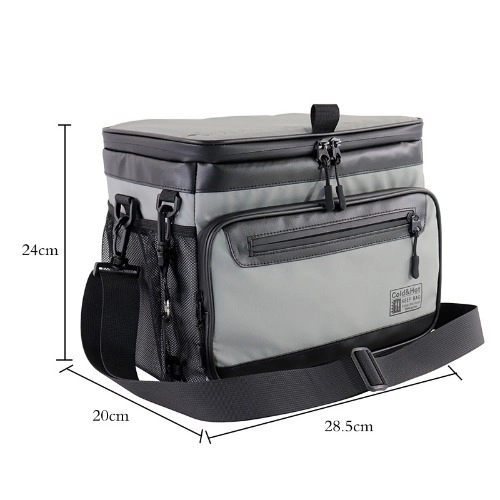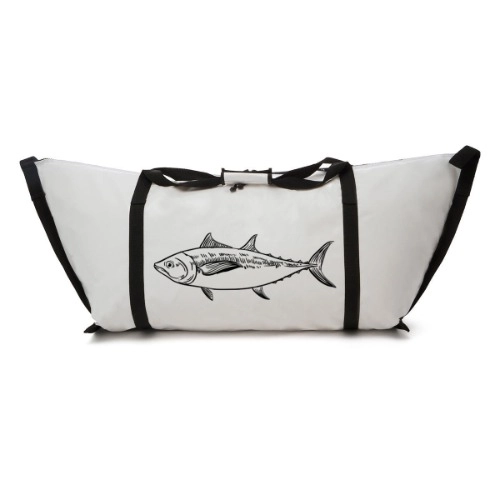Translation: “Bags are a kind of specialized bag widely used in various industries, commonly used for insulation, preservation, packaging, transportation, and other fields. With people’s increasing demand for food, medicine, and other product quality and safety, the bag industry is also constantly innovating its technology to improve the insulation and preservation effect of bags, enhance their waterproof and dustproof properties, and meet consumer demand. This article will introduce the technological innovation trends in the bag industry from three aspects: insulation bags, fresh-keeping bags, and other bag products.
Traditional insulation bags are mainly made of foam material, which has a good insulation effect but is fragile and easily deformed. In order to solve these problems, some manufacturers have begun to introduce new types of insulation bag products. For example, insulation bags made of high-strength polyethylene materials have properties such as compression resistance and impact resistance, making the insulation effect more stable and reliable. In addition, some insulation bags also use technologies such as solar panels to absorb solar heat to improve insulation, achieving a more environmentally friendly insulation solution.

Fresh-keeping bags are another important bag product, mainly used in fresh food, medicine, cosmetics, and other fields. Traditional fresh-keeping bags are usually made of polyethylene materials, which have good waterproof and dustproof properties but limited freshness. In order to improve the freshness, some manufacturers have begun to introduce new types of fresh-keeping bag products. For example, fresh-keeping bags made with biotechnology can adjust parameters such as oxygen, carbon dioxide, and humidity inside the bag to achieve better freshness. Some fresh-keeping bags also use aseptic technology to effectively prevent bacterial growth, ensuring food safety and hygiene.

In addition to these innovative technologies, some new materials are being applied in bag production. For example, the application of nanomaterials can improve the waterproof and anti-pollution properties of bags, effectively blocking the invasion of ultraviolet rays and oxidants. In addition, materials with special functions, such as cellulose film materials, can be used to produce bags for packaging beverages, juices, and other foods, effectively preventing oxygen and carbon dioxide from entering, maintaining the taste and nutritional content of food.
Overall, the technological innovation of the bag industry is constantly developing towards a more intelligent, environmentally friendly, and efficient direction. Although there are currently a variety of bag products on the market, as consumers’ demand for bag product quality and safety continues to increase, the bag industry also needs to continuously introduce new, more performance-advantaged bag products to meet market demand.
At the same time, as the bag industry continues to develop, related industry standards and specifications also need to be continuously improved. For example, for the standard of fresh food packaging bags, it is necessary to clarify the testing indicators and standards for freshness, as well as corresponding testing methods and equipment. In addition, the use and disposal standards for degradable bags also need to be further refined and improved to ensure that the environmental benefits of degradable bags can be fully realized.
In the future, the technological innovation and standard formulation of the bag industry will pay more attention to sustainable development and environmental protection. At the same time, with the improvement of people’s living standards and the continuous upgrading of consumer demand, the bag industry will also face more…





